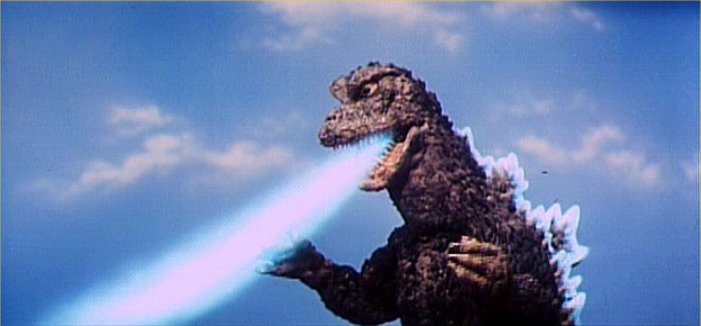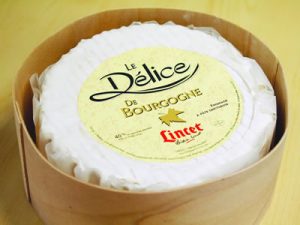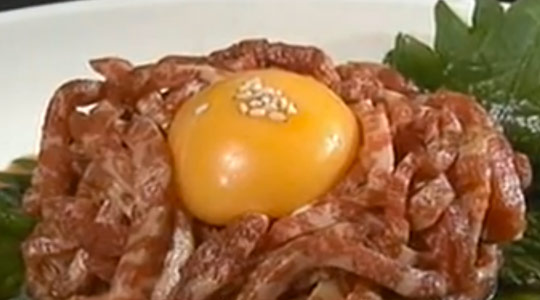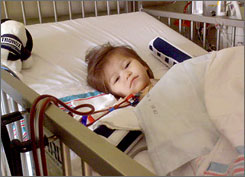In June 1996, initial reports of an outbreak of E. coli O157:H7 in Japan surfaced in national media.
By July 1996, focus had centered on specific school cafeterias and two vendors of box lunches, as the number of illnesses approached 4,000. Lunches of sea eel sushi and soup distributed on July 5 from Sakai’s central school lunch depot were identified by health authorities as a possible source of one outbreak. The next day, the number of illnesses had increased to 7,400 even as reports of Japanese fastidiousness intensified. By July 23, 1996, 8,500 were listed as ill.
Even though radish sprouts were ultimately implicated — and then publicly cleared in a fall-on-sword ceremony, but not by the U.S. — the Health and Welfare Ministry announced that Japan’s 333 slaughterhouses must adopt a quality control  program modeled on U.S. safety procedures, requiring companies to keep records so the source of any tainted food could be quickly identified. Kunio Morita, chief of the ministry’s veterinary sanitation division was quoted as saying "It’s high time for Japan to follow the international trend in sanitation management standards."
program modeled on U.S. safety procedures, requiring companies to keep records so the source of any tainted food could be quickly identified. Kunio Morita, chief of the ministry’s veterinary sanitation division was quoted as saying "It’s high time for Japan to follow the international trend in sanitation management standards."
Japanese health authorities were terribly slow to respond to the outbreak of E. coli O157:H7, a standard facilitated by a journalistic culture of aversion rather than adversarial. In all, over 9,500 Japanese, largely schoolchildren, were stricken with E. coli O157:H7 and 12 were killed over the summer of 1996, raising questions of political accountability.
The national Mainichi newspaper demanded in an editorial on July 31, 1996, "Why can’t the government learn from past experience? Why were they slow to react to the outbreak? Why can’t they take broader measures?" The answer, it said, was a "chronic ailment" — the absence of anyone in the government to take charge in a crisis and ensure a coordinated response. An editorial cartoon in the daily Asahi Evening News showed a health worker wearing the label "government emergency response" riding to the rescue on a snail. Some of the victims filed lawsuits against Japanese authorities, a move previously unheard of in the Japanese culture of deference.
Fifteen years later, with at least four dead and 100 sick from E. coli O111 served in raw beef at the Yakiniku-zakaya Ebisu barbecue restaurant chain, Japanese corporate, political and media leaders are still struggling.
Under Health, Labor and Welfare Ministry guidelines, only meat that meets strict standards–such as being processed on equipment exclusively for handling meat for raw consumption and in a meticulously hygienic environment–can be shipped to be eaten raw.
However, the decision on what meat can be served raw is left up to the restaurant serving it. The wholesaler who sold the beef in question to the Yakiniku-zakaya  Ebisu chain reportedly told a public health center that the meat it shipped "was supposed to be eaten after being cooked."
Ebisu chain reportedly told a public health center that the meat it shipped "was supposed to be eaten after being cooked."
The sanitation guidelines have no binding power and have largely been ignored. The health ministry, for its part, has long failed to stringently push industries to comply with the sanitation standards.
To ensure people can eat raw meat without fearing for their health, the government must review the regulations for the entire meat preparation process.
Anrakutei Co., a Saitama-based yakiniku barbecue chain, stopped serving yukke at its 250 outlets, mainly in the Kanto region, on Tuesday.
"We’ve been providing the dish to customers based on strict quality control, but customers’ concerns make it difficult to continue to serve it," a public relations official of the company said.
Anrakutei said the company conducts bacteria tests on the Australian beef it uses for yukke three times–first before it is purchased, again before it is sent to the company’s meat processing plant and finally before it is shipped to outlets. At the plant, the meat is processed separately from other food materials to prevent it from coming into contact with bacteria, the company explained.
There is no discussion of what is being tested, and how valid those tests are at picking up a non-O157 shiga-toxin producing E. coli like O111 There is no verification that anyone is testing anything.
In the absence of meat goggles that can magically detect dangerous bacteria, eating raw hamburger remains a risk.
 This bacterium is likely to cause serious problems in anyone consuming the product, she adds. Nearly 700 Chaource AOP cheeses of 500 grams raw milk, bearing the lot number 227.210 and with a deadline of consumption to 27 September 2019, are concerned, according to the press release.
This bacterium is likely to cause serious problems in anyone consuming the product, she adds. Nearly 700 Chaource AOP cheeses of 500 grams raw milk, bearing the lot number 227.210 and with a deadline of consumption to 27 September 2019, are concerned, according to the press release. Lincet brand cheeses have been sold in a variety of supermarket chains, both traditional and fresh, while Gaugry branded cheeses have been distributed in the dairy and market channels.
Lincet brand cheeses have been sold in a variety of supermarket chains, both traditional and fresh, while Gaugry branded cheeses have been distributed in the dairy and market channels.


 coli O157.
coli O157..jpg) trimming meat to remove surface bacteria at its restaurants since July 2009, despite being aware of government guidelines to do so.
trimming meat to remove surface bacteria at its restaurants since July 2009, despite being aware of government guidelines to do so. program modeled on U.S. safety procedures, requiring companies to keep records so the source of any tainted food could be quickly identified. Kunio Morita, chief of the ministry’s veterinary sanitation division was quoted as saying "It’s high time for Japan to follow the international trend in sanitation management standards."
program modeled on U.S. safety procedures, requiring companies to keep records so the source of any tainted food could be quickly identified. Kunio Morita, chief of the ministry’s veterinary sanitation division was quoted as saying "It’s high time for Japan to follow the international trend in sanitation management standards." Braylee’s father, Jake Beaver, said after her 12-day hospital stay (family hoto from
Braylee’s father, Jake Beaver, said after her 12-day hospital stay (family hoto from